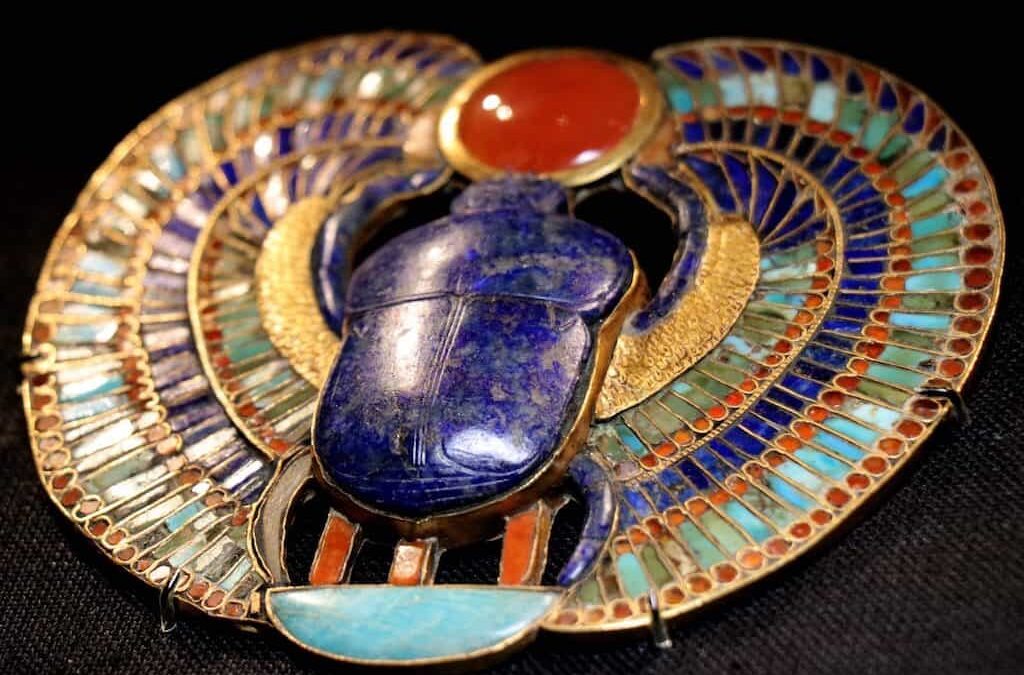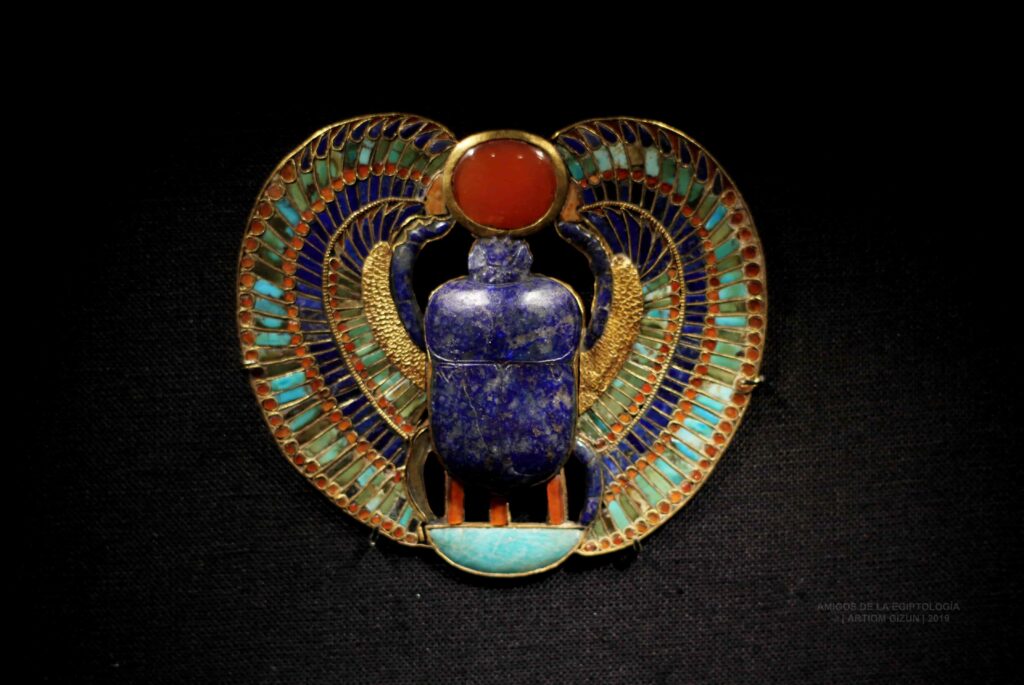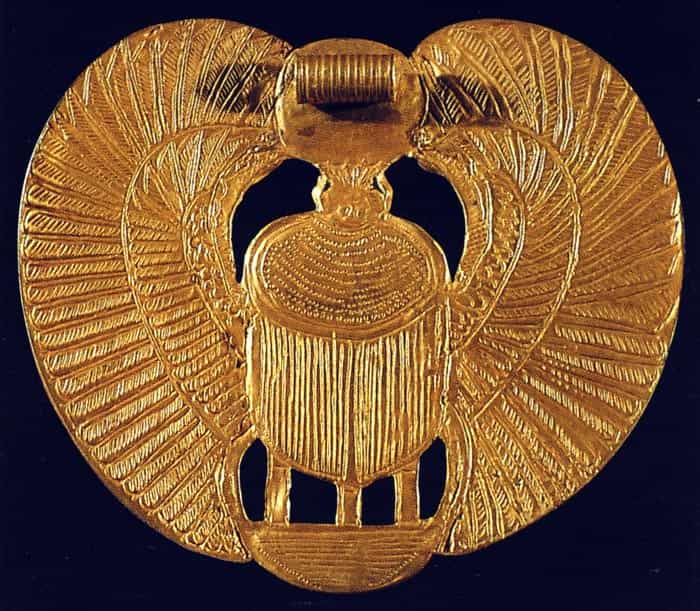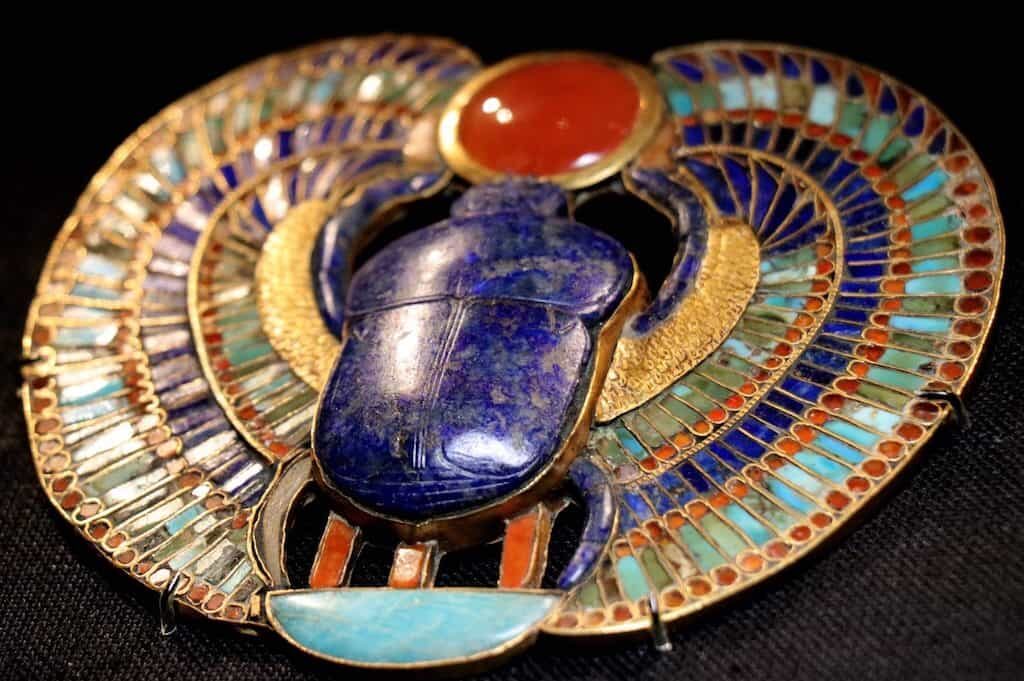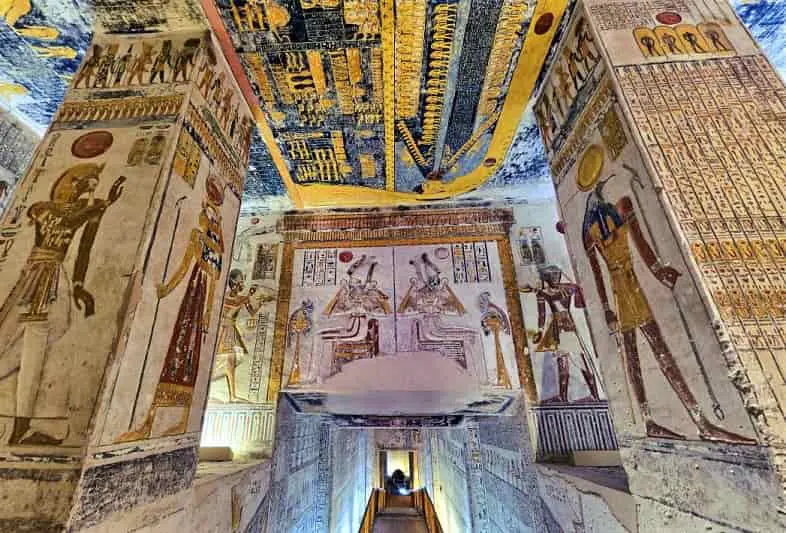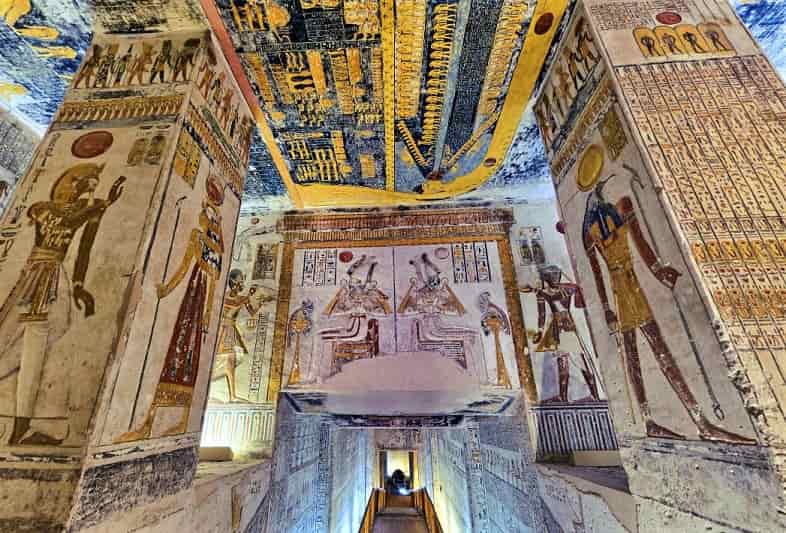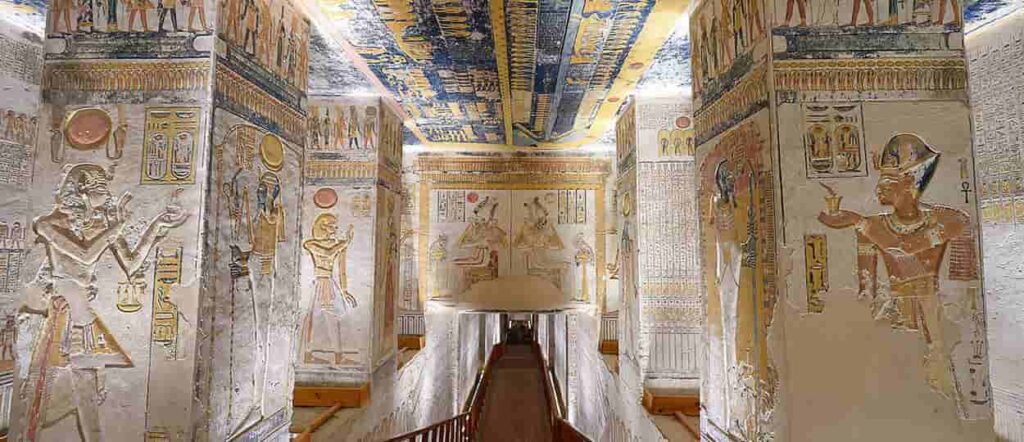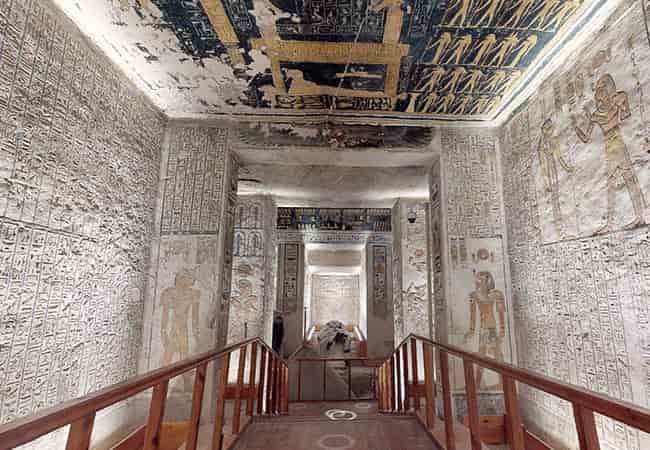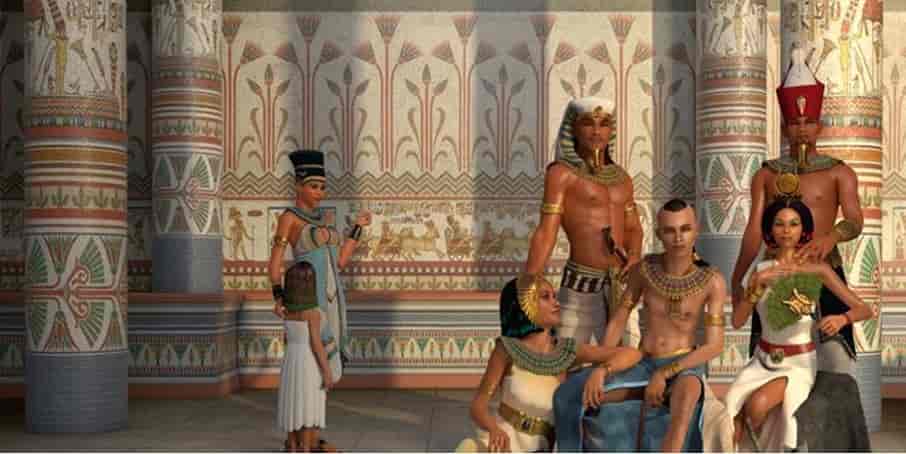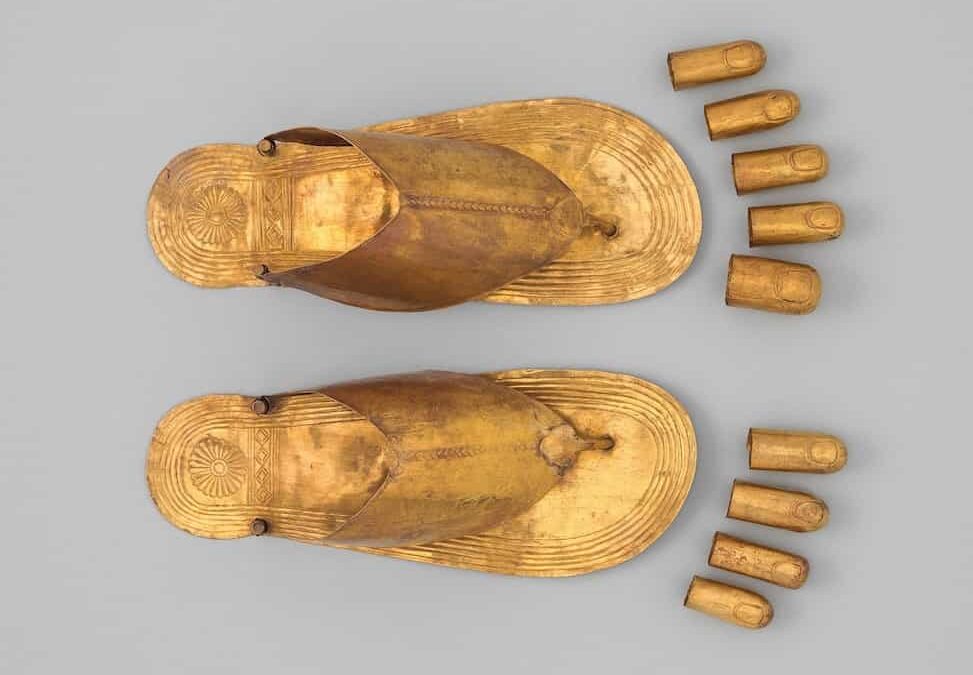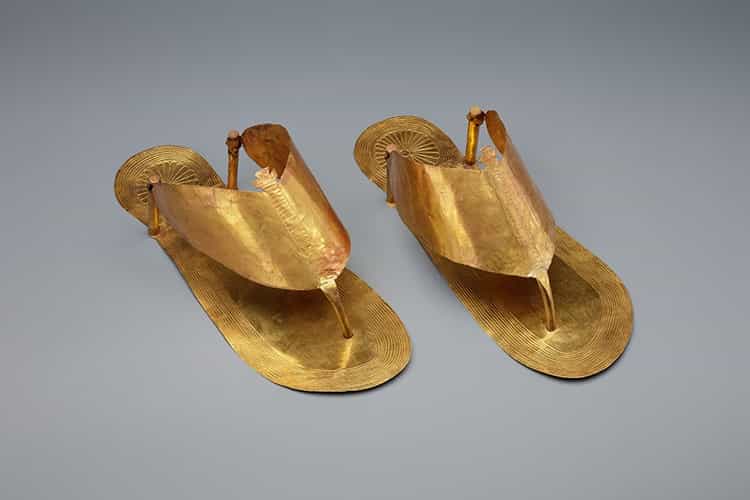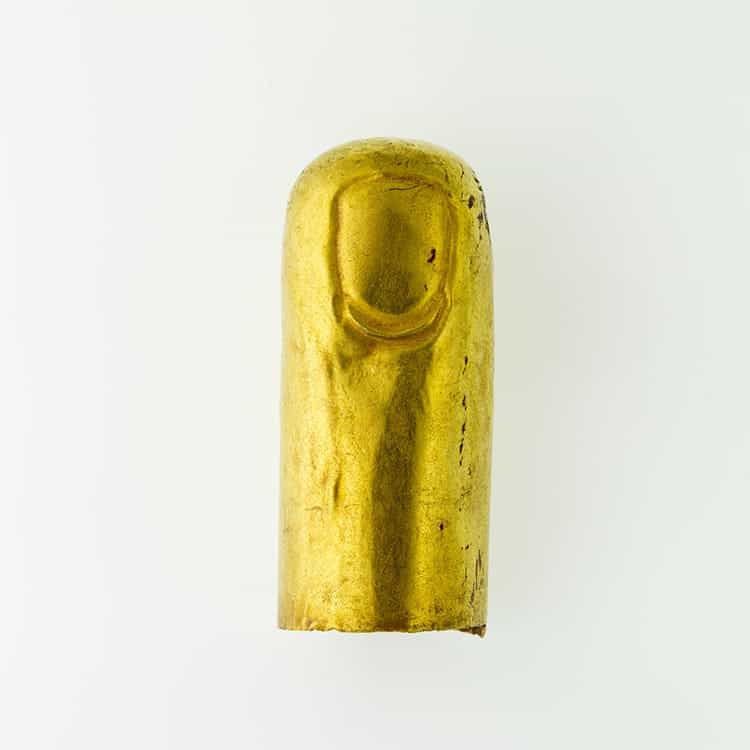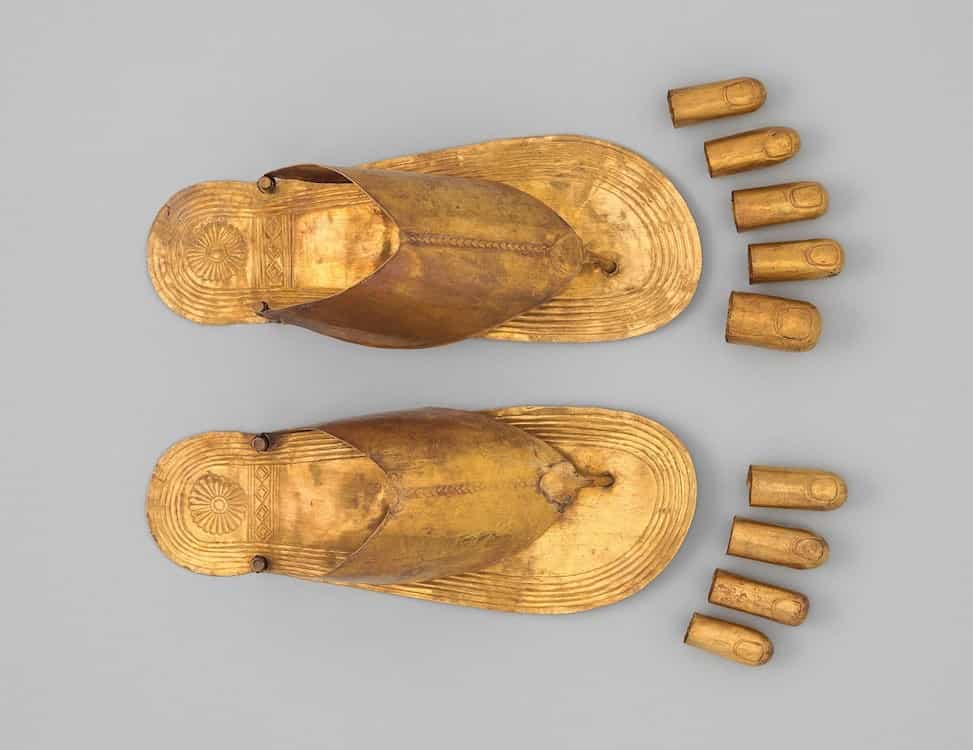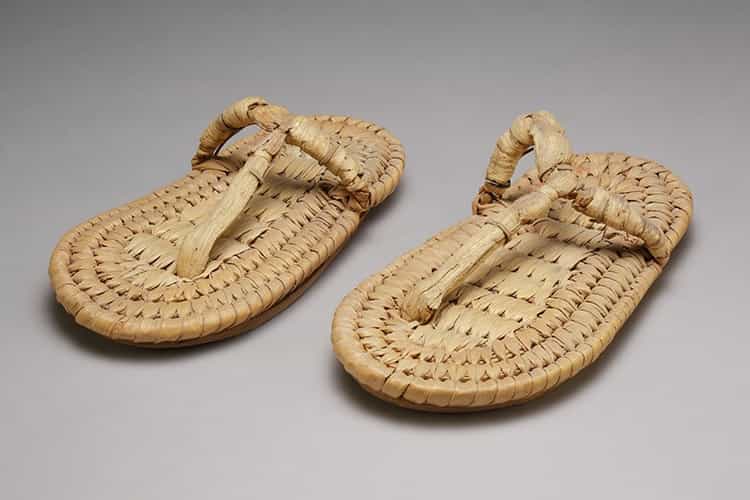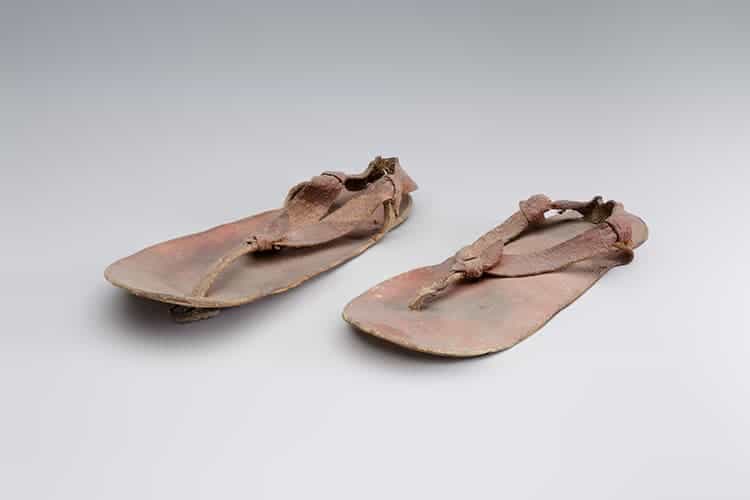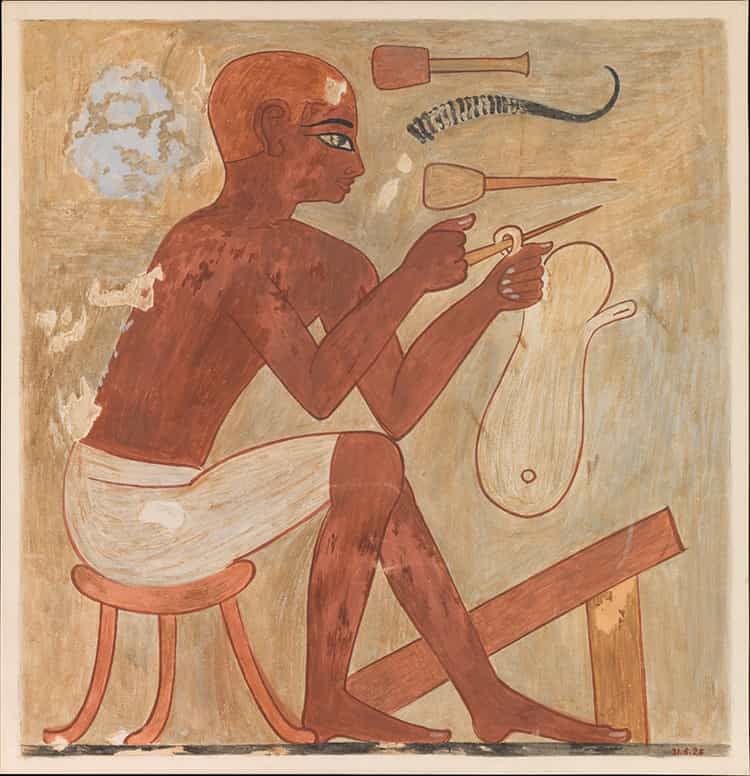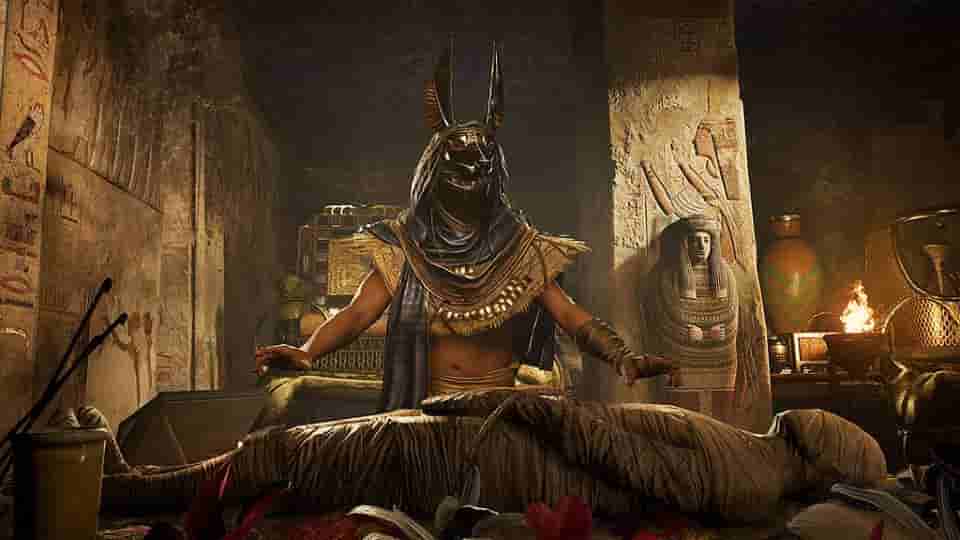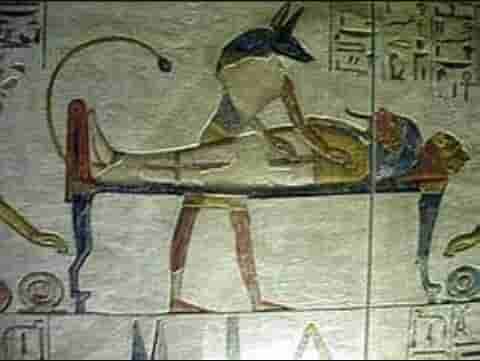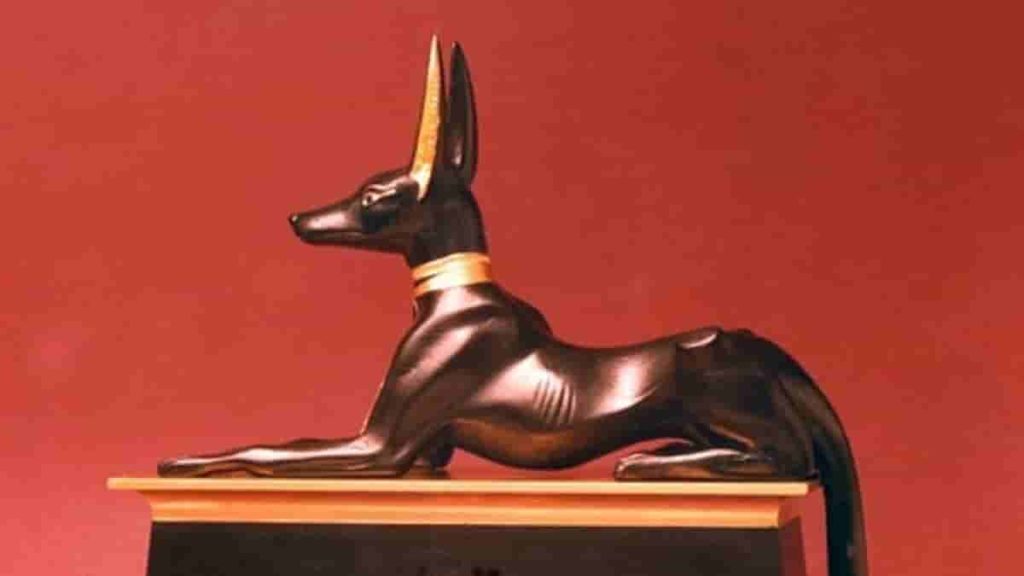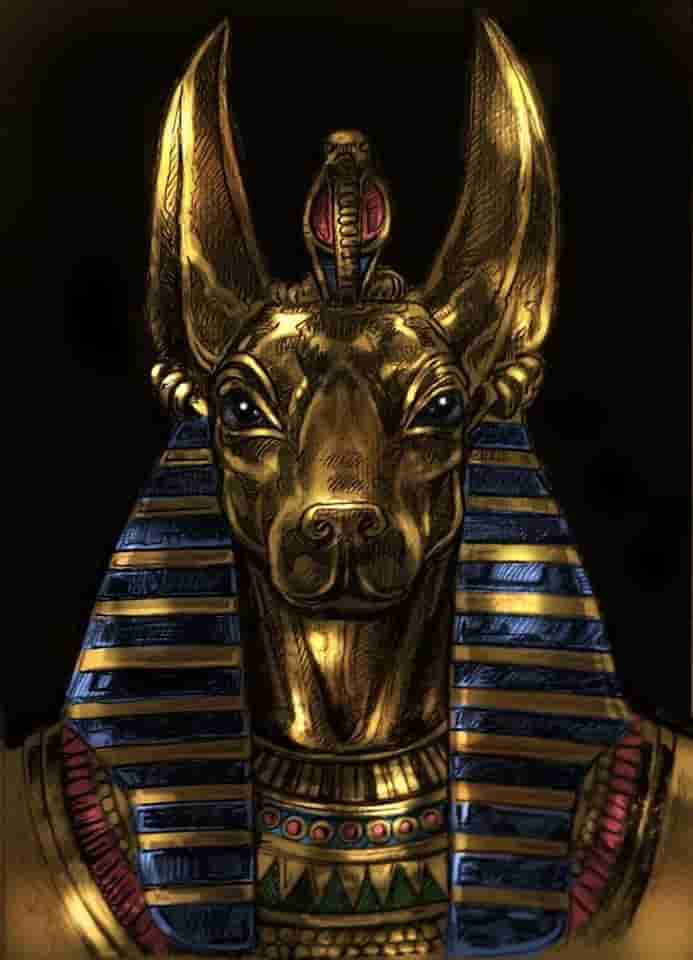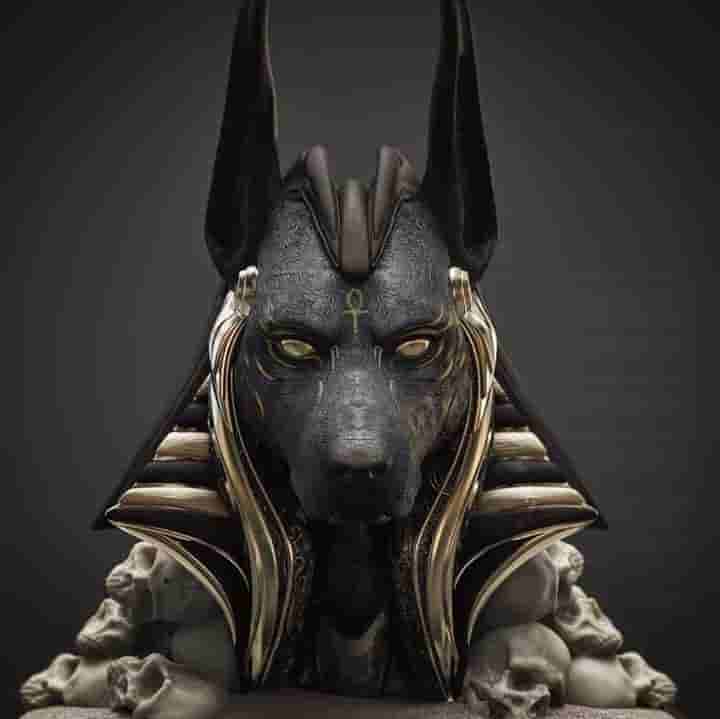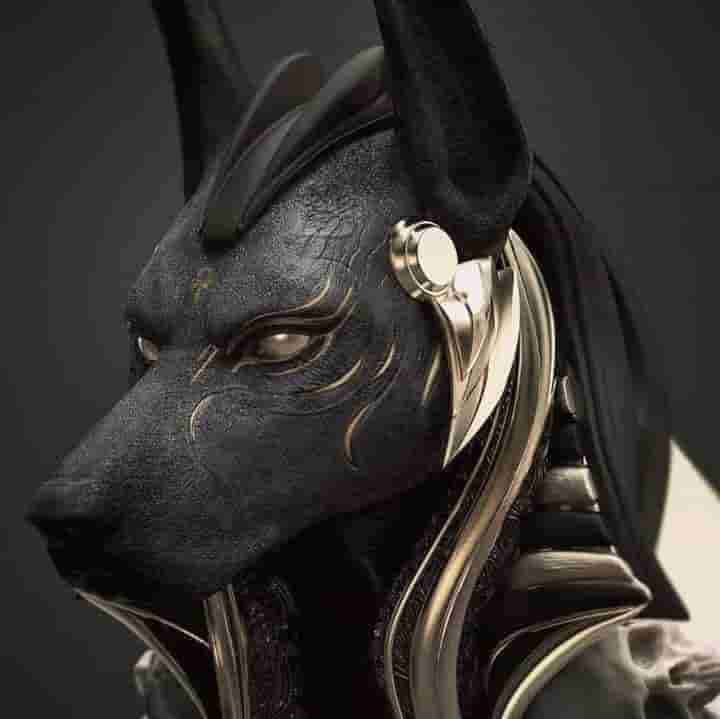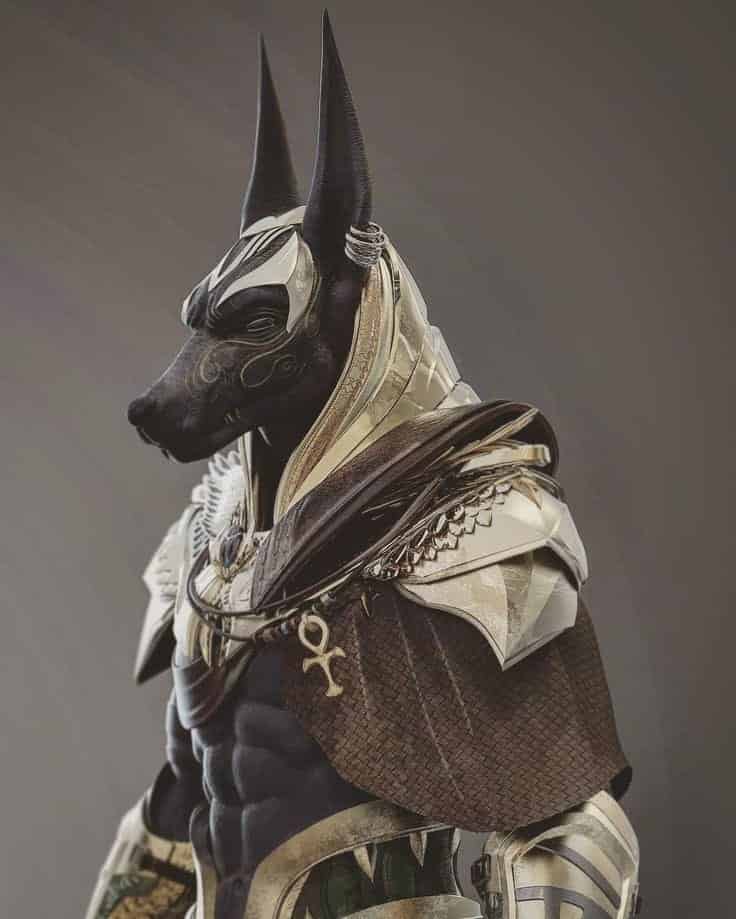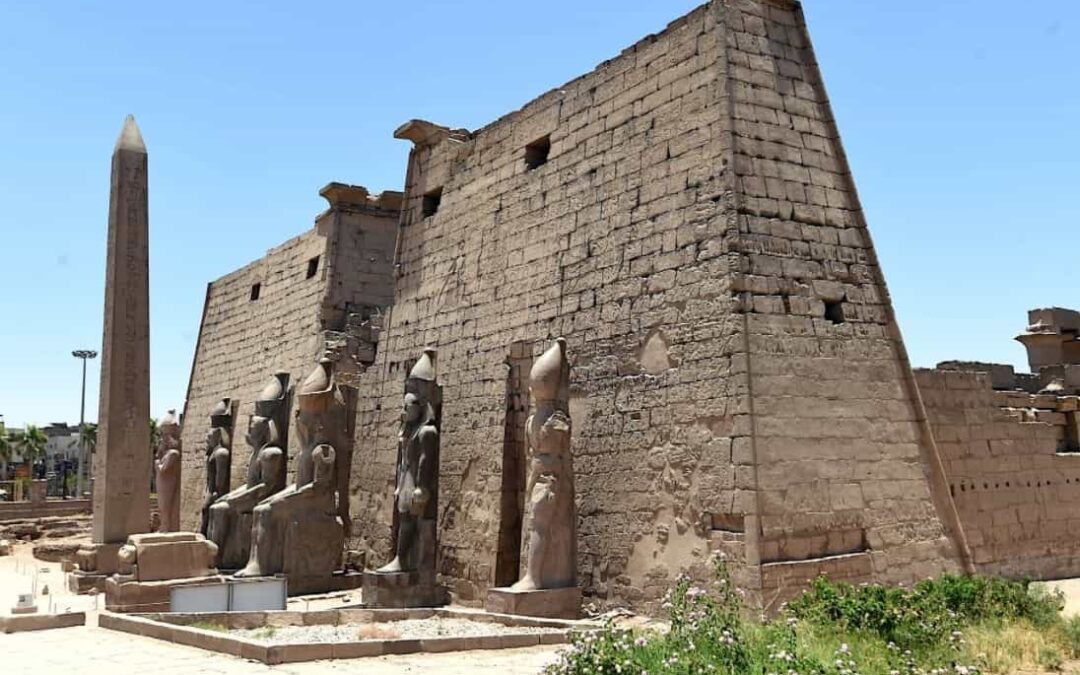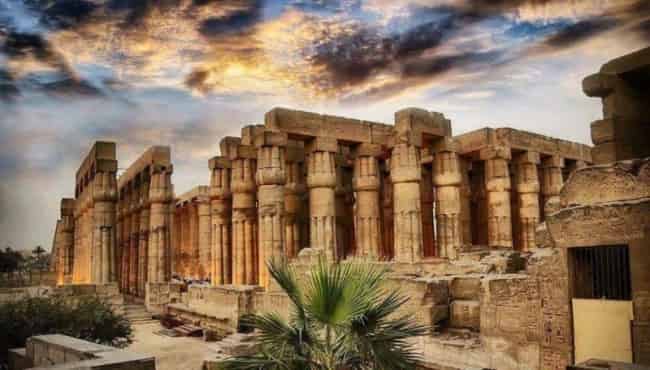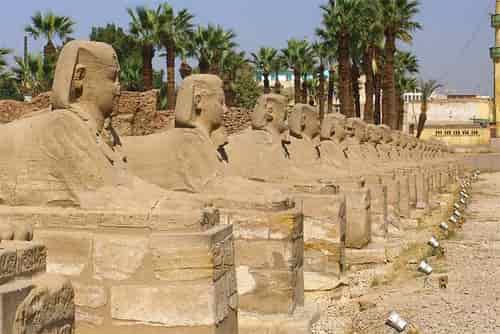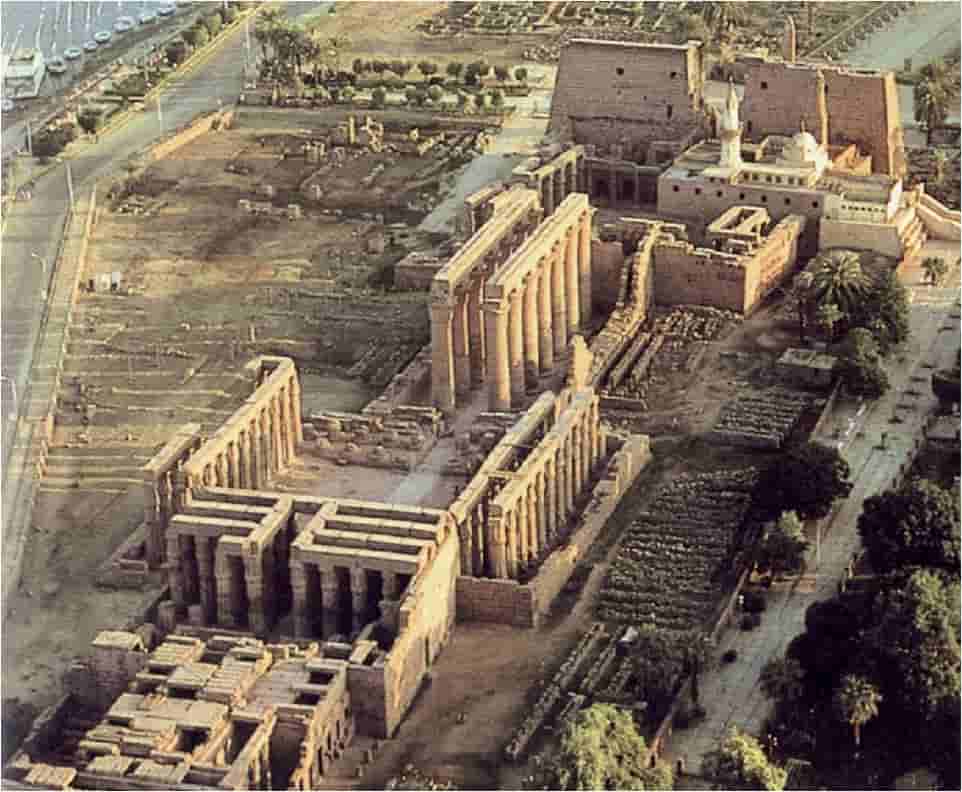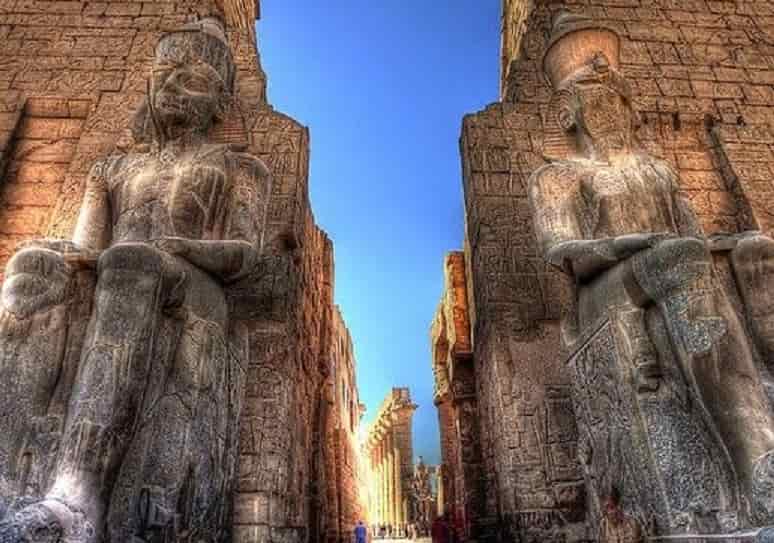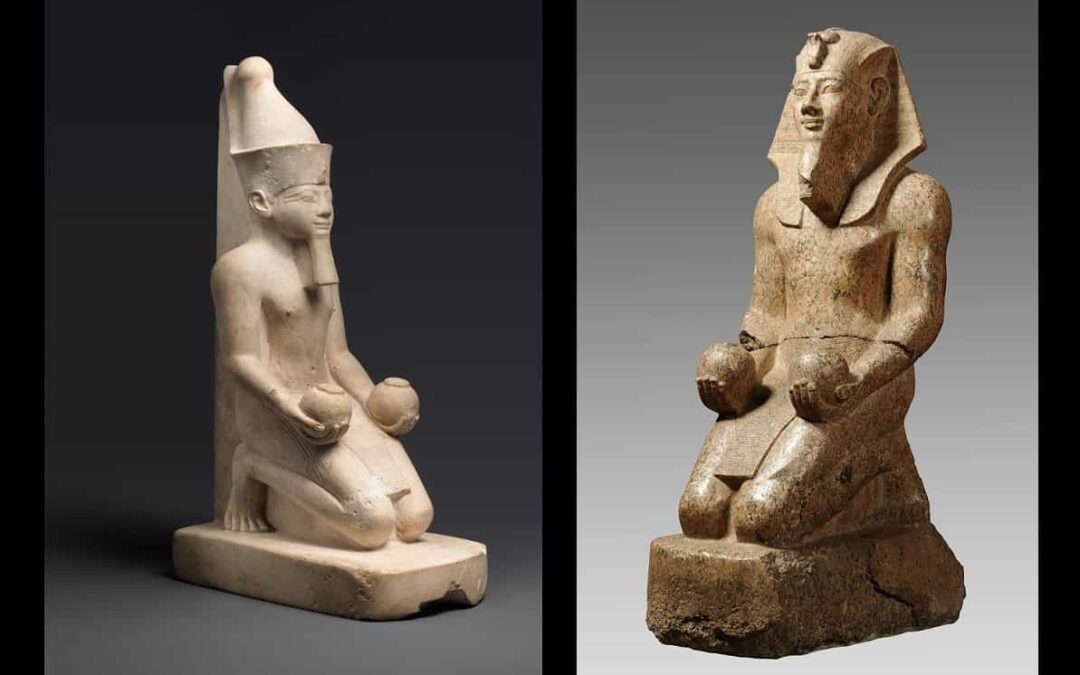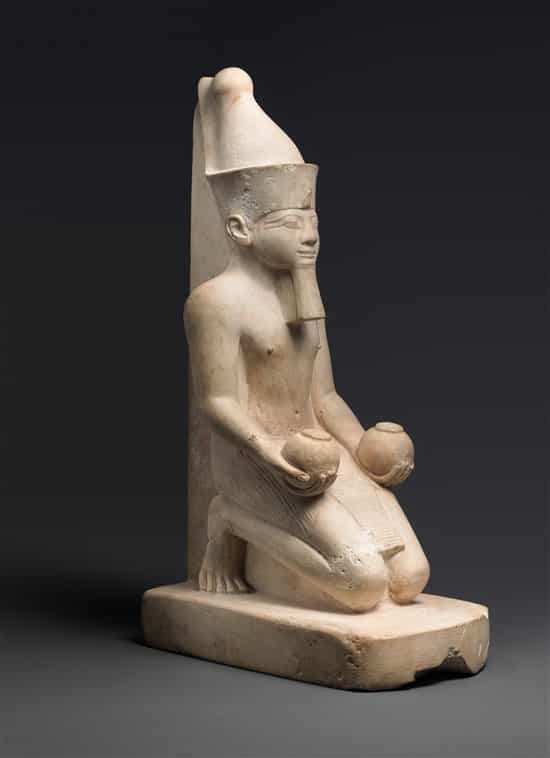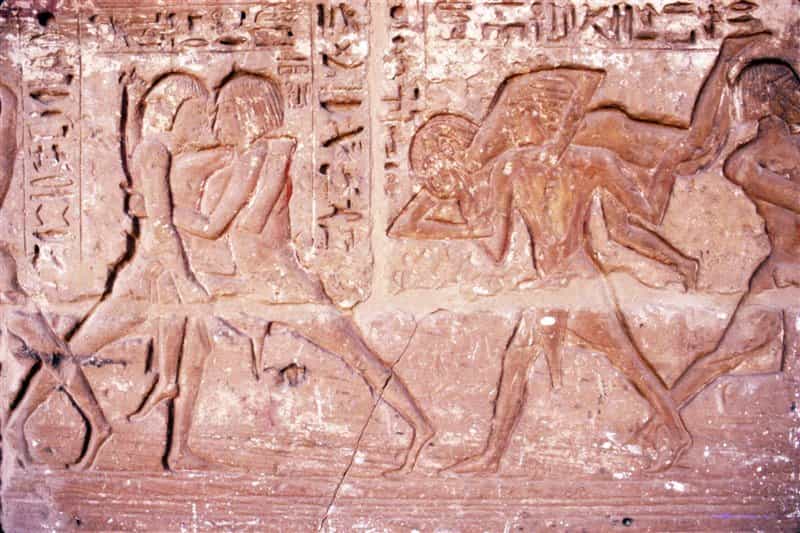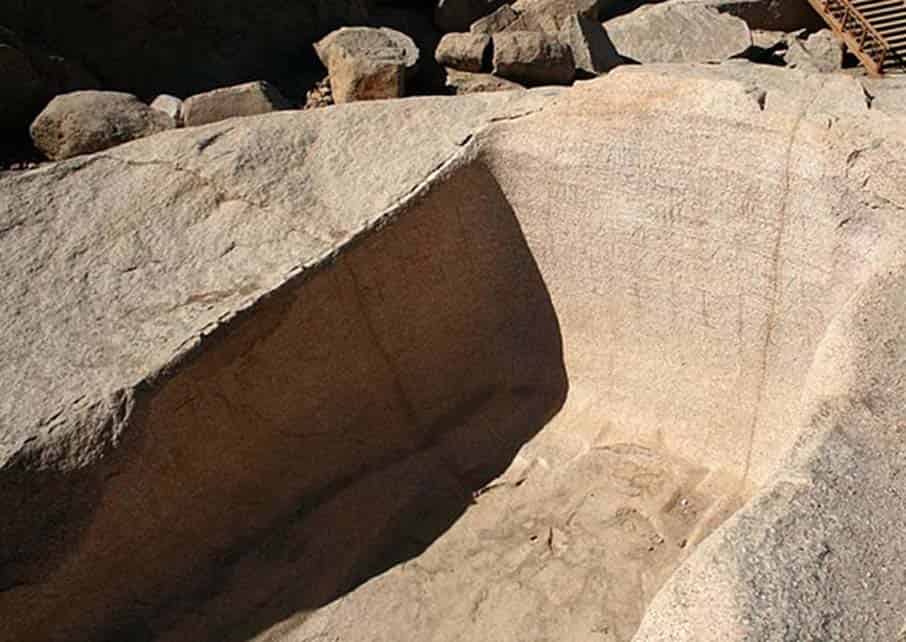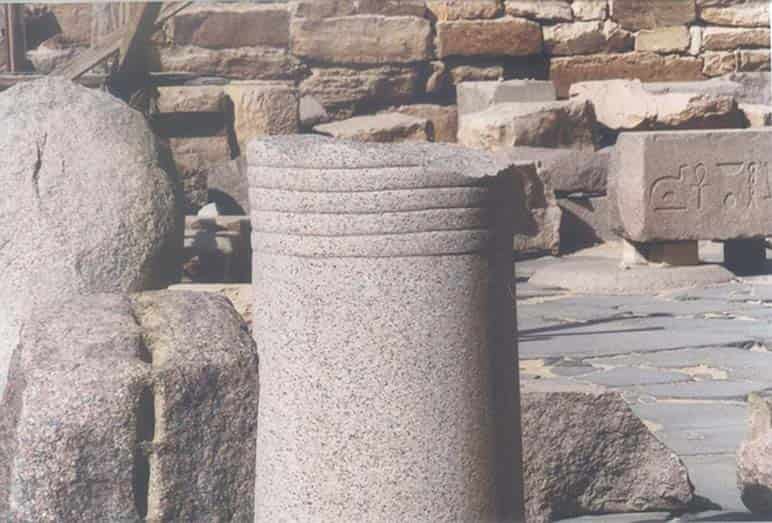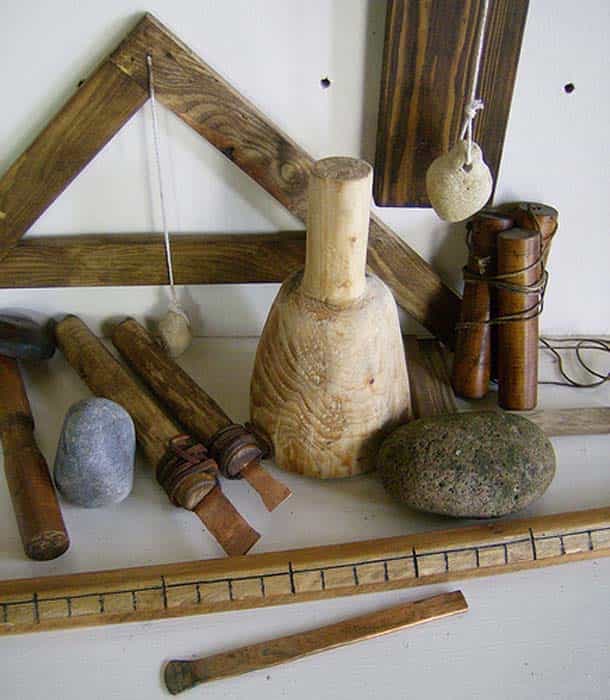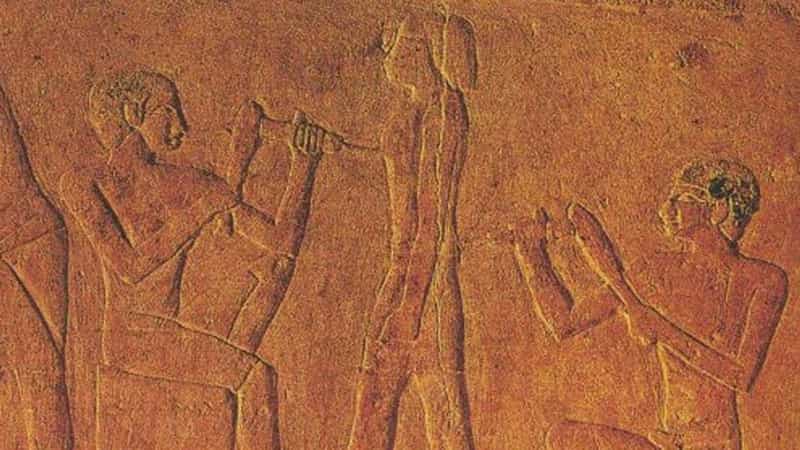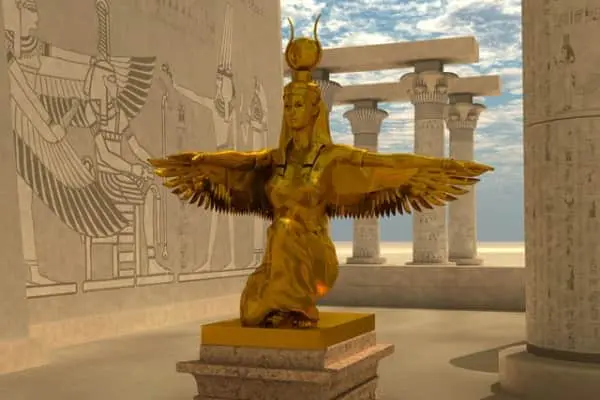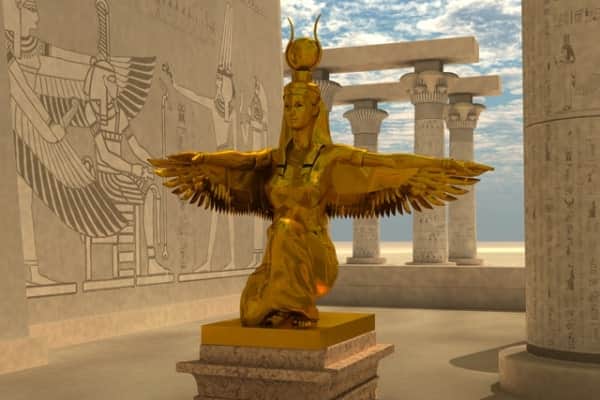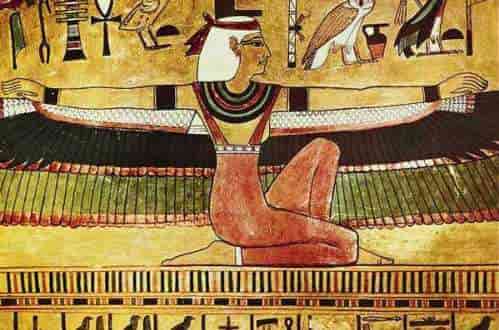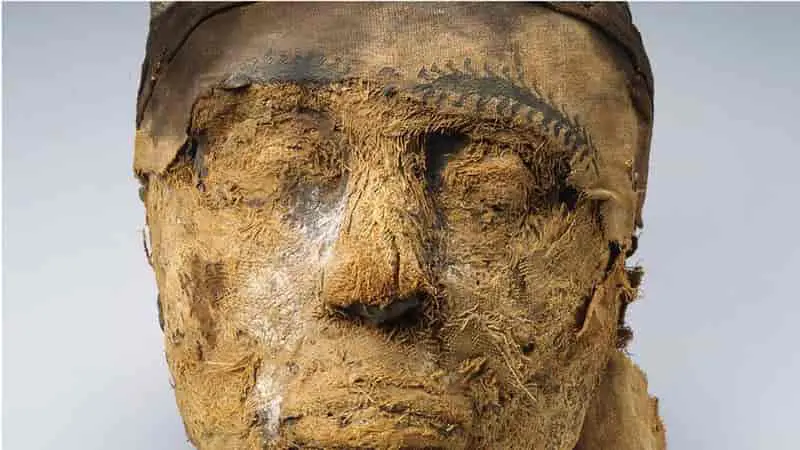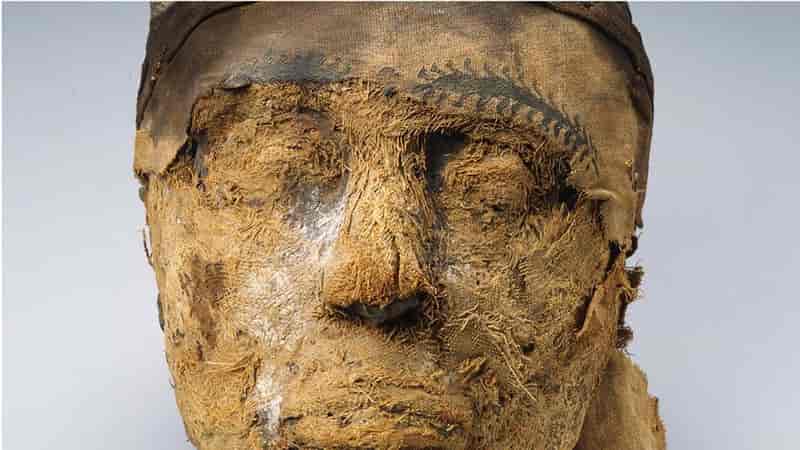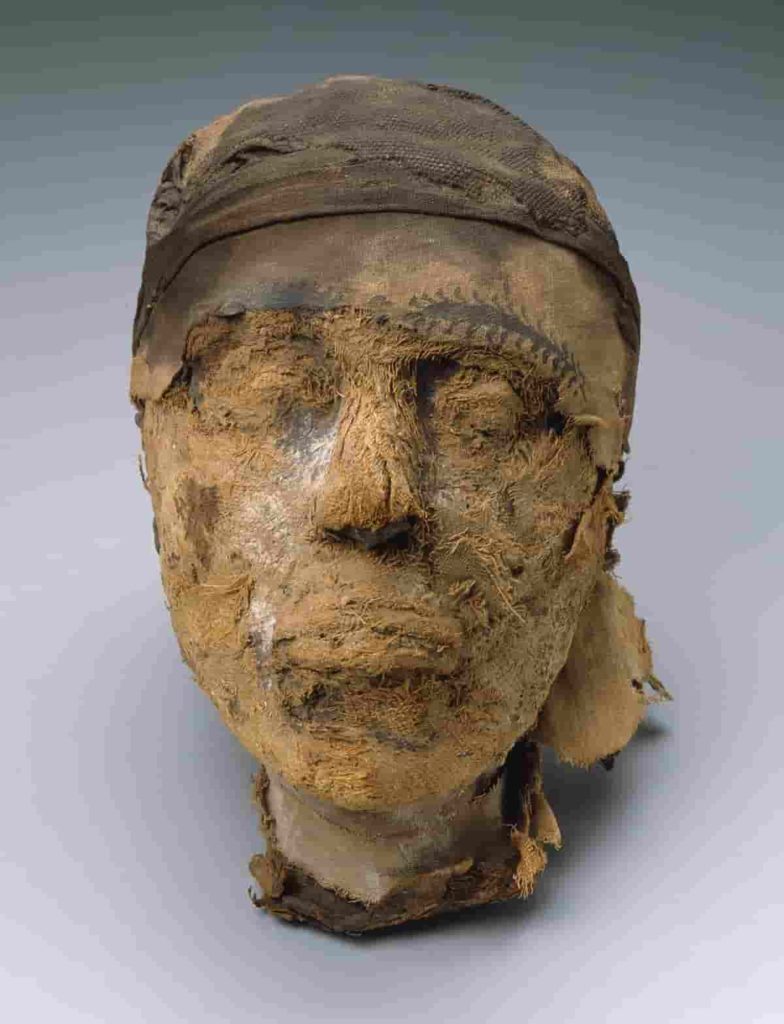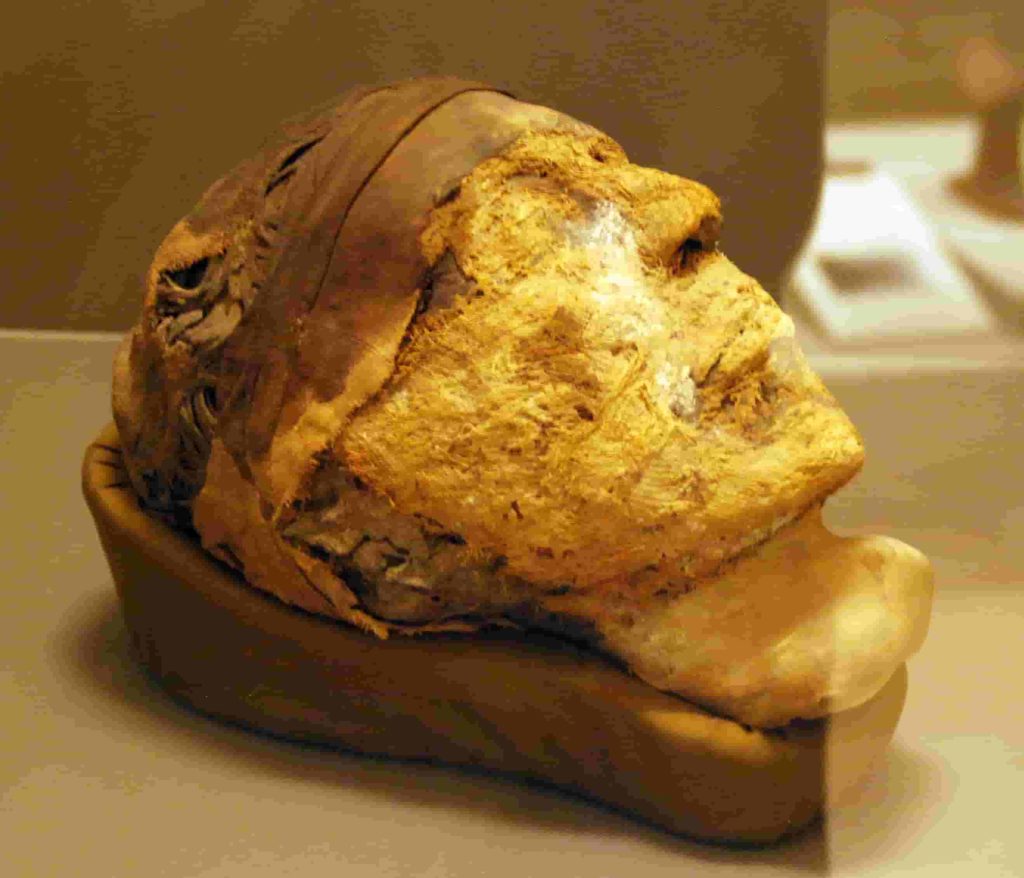The ancient Egyptians did not call their sovereigns pharaohs. The word pharaoh was not officially used in Egypt to designate the monarch, as there were other more appropriate expressions such as nesu or “king”, ity or “sovereign”, neb or “lord” and the appellations of Nile of Egypt that floods the country with your perfection or good god.
The term pharaoh begins with the Egyptian word per aa which means “great mansion” (place that emanated from the monarch and not from the different palatial residences) and that was definitely linked to the name of the king from the Third Intermediate Period.
The nature of the pharaoh differed from that of the rest of the mortals, since he was the representative of the gods on earth.
Linked to this idea, the ritual of breastfeeding the future king by a goddess was set up in the coronation ceremony of the monarch, which meant that his human state was moving to a condition close to the deity.
The pharaoh had only one obligation: the conservation and propagation of balance and justice in his territory, encompassed in the concept of maat, since chaos was one of the most feared situations by the ancient Egyptians.
To ensure compliance, the sovereign had to deal with the most relevant issues that made up the social order in the kingdom: impart justice, provide food to his citizens, defend the kingdom from the external threat of the surrounding towns, provide and ensure proper development.
Woman
The throne of Egypt was destined to men, so if a woman ruled the kingdom, she broke the masculine-feminine duality that ordered the world, according to Egyptian belief within the concept of order and chaos.
However, there were several women who rise to power, usually in convulsive periods: Nitocris was the last monarch of the Old Kingdom and Sobekneferu, daughter of King Amenemhat III.
The images that have been preserved of her mix two paradigms: her status as a woman and the political position she clearly occupies as she is touched with the nemes (striped fabric that covered the entire head and was collected as a braid in the nape), typical of the pharaohs and dressed in a female robe and on top a skirt, a typical garment for men.
Hatshepsut, daughter of Thutmose I, of the 18th dynasty in the New Kingdom (~ 1539-1075 BC) and the last is Twosret, daughter of Seti II of the 19th dynasty. And already in Ptolemaic times, Berenice, Arsinoe and Cleopatra queens.
Wife
The pharaoh used to have an extended family that was also strongly hierarchical. Among all its members stood out the figure of the queen who bore the title of “great wife of the king”, the main wife of the pharaoh destined to engender the heir to the throne.
The monarch did not practice monogamy, so he was married to numerous women who differed from the king’s great wife since they were secondary and lived in private stays of the king.
The monarch’s court was an independent institution from an economic point of view, since it owned farms, herds, own lands, warehouses for food and workshops.
The harem organization was carried by a senior official and was protected by a group of armed men, who could also dedicate themselves to protecting the temples.
These women possessed the title of wives of the king and were destined to procreate and did not have a symbolic role as the first.
However, because of the high mortality, the son of a secondary wife could access the throne if the line of succession descended to him, so that his mother became “mother of the king”.
Symbolically, the “great wife of the king” was the female complement of the monarch, as both configured the concept of male-female duality so important to the order of the world in line with the maat.
Her place in court was to always be next to the king, but in a subordinate position and whose submission is enhanced by representing the queen in a size smaller than that of the pharaoh.
The queen could hold other titles besides that of the king’s great wife, such as that of the wife of the god, which was created from the 18th dynasty and that alludes to the cult of Amun in Karnak.
The choice of a queen, whether principal or secondary, could fall within the royal family or on the contrary to be chosen outside their consanguineous circle.
This last option could fall on the daughter of a nobleman or a senior official.
This alternative was increased from the 18th dynasty, when Egypt became a political power of the Eastern Mediterranean and needed diplomatic marriages with foreign princesses to establish its power, as was the case of the kingdom of Mitanni (north of present-day Syria), Babylon, Hatti (Hittite Empire) or the Lower Nubian area.
These unions had two modalities: the links with daughters of vassals, which were practically a gift for the pharaoh, while the latter were marrying the king to create an alliance between her people and Egypt, towns that politically had a similar relevance.
During this time of territorial expansion and flowering of Egypt, no Egyptian princess had to be sent outside her homeland to consolidate foreign policy.
These women came to the Nile Valley with a large entourage and numerous presents for her future husband. However, once installed in her new home, her presence is diluted in the harem, changing her original name to an Egyptian one.
The only assumption in which the consort of a pharaoh could access the government of the kingdom was the regency, in the manner of the goddess Isis with her son Horus, although they were never pharaohs.
There is evidence that some consorts held positions of great relevance, but always under the supervision of the pharaoh.
It is the case of Tiye, the wife of Amenhotep III and mother of Akhenaten, who was the right hand in the government of her spouse and who for some Egyptologists have suggested that she was the promoter of the religious revolution of her son.
Crown Prince
But the essential member of the family of the pharaoh was the crown prince, who ensured the continuity of the dynasty, in addition to guaranteeing order and maintaining the maat.
The succession between father and son was linked to that of Osiris and Horus: in fact the new pharaoh was symbolically transformed into the falcon god.
The passage from one government to another was carried out through a ceremonial consisting of the funeral of the deceased monarch with all that entailed: mummification, culmination of the grave if it was not finished, the transfer of the body and the trousseau, not forgetting the different funeral rituals around the deceased.
The title of son of the king that can be associated with the heir to the throne is ambiguous, because he also referred to the most important positions of the administration.
The image of the firstborn prince is not clearly identified in the iconography, because in a few cases he appears next to the monarch.
In the few examples that this assumption is fulfilled, it is always linked to the need that Pharaoh has to legitimize his reign, such as the case of Seti I and Ramses II, second and third pharaohs of the 19th dynasty.
The education of the heir to the throne was a regulated matter. For this purpose, what could be termed as an official school was created, which in the twelfth dynasty was known as Kap, an institution which only the prince and the sons of high dignitaries could access.
With it the continuity of the hierarchy of the Egyptian elite was facilitated from early childhood. Its importance increased from the 18th dynasty, since it was also attended by the children of the Egyptian vassals, who were to become faithful servants of the monarchy.
In addition to having to attend the Kap, the prince had to complete his education with other subjects that were taught by an official who held the position of father guardian of a son of the king, and taught him the art of war and the writing and reading of hieroglyphs.
The succession to the throne was not always peaceful because having died several children of the first wife, there was the possibility that several children of secondary wives were aspiring to the throne since they had the same rank and age to access power.
And it was not always the sons of Pharaoh who became kings; cases of viziers that became monarchs are known as the founder of the XII dynasty, Amenemhat I, the vizier Ay, father of Nefertiti, who became king after the death of Tutankhamun or the vizier Paramesu, who became pharaoh after the reign of Horemheb and was crowned with the name of Ramses I, first monarch of the 19th dynasty.
